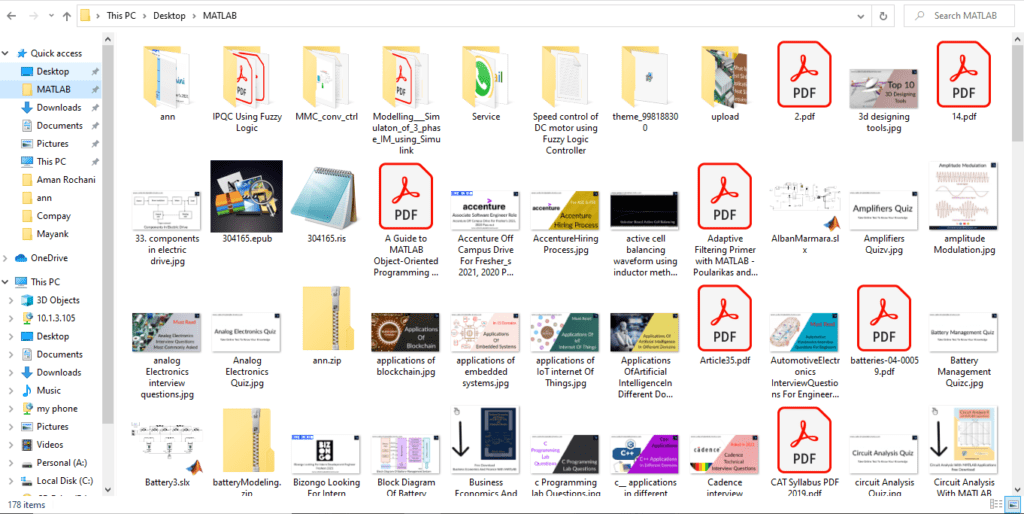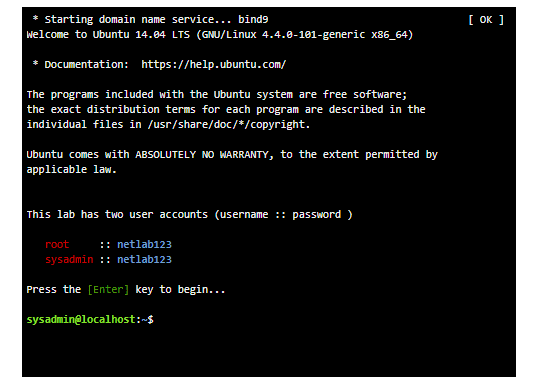What Is Linux, Applications Of Linux, Why To Learn Linux
Hello guys, welcome back to my blog. In this article, I will discuss what is Linux, applications of Linux, why to learn it, who can use it, benefits that a person gets after learning Linux, etc.
If you have any doubts related to electrical, electronics, and computer science, then ask question. You can also catch me @ Instagram – Chetan Shidling.
Also, read:
- What Is ANN Controller, Artificial Neural Network (ANN) In MATLAB
- What Is IEEE, How To Publish Research Paper At IEEE, IEEE Membership
- What Is A Heat Sink, Working, Why Heat Sink Is Used, Alternatives
What Is Linux & Applications Of Linux
Why Learn Linux?
The area of Information Technology (IT) is reserved of opportunities. For somebody who wishes to seek a career in IT, one of the greatest difficulties can be determining how to get started. Usually, people are motivated to acquire new skills that will allow them to seek higher and more satisfying opportunities in both their private and professional lives.
Acquiring a new skill needs time and discipline, but by the right motivation, it doesn’t ought to be painful. In this article, we will explain why the time and energy you invest in learning Linux will be profitable to you; and remember, everyone working in IT must start somewhere. Learning Linux is an excellent way to begin! Why is Linux an essential skill to learn in today’s technology-driven world?
What is Linux?
Before we learn what does Linux is such a great asset to your skill-set, let’s define its head. Linux is operating system software that runs on a hardware computer system. An operating system is a software that enables other programs like word processors and web browsers to be established and run on a computer.
Your cell laptop, phone, tablet, and desktop all require an operating system to run the software (often called applications) you need to use. This indicates that Linux is not restricted to only desktops and laptops, and we will elaborate on that as we continue our investigation.
The main understanding of why learning Linux is helpful is that Linux is utilized almost everywhere! Linux is utilized on mobile devices (Android), public cloud technology (i.e., Google, Amazon, etc), Chromebooks, desktop and laptop computers, web servers, and networking (i.e., Cisco Networks).
Although you may not have ever utilized Linux on a desktop or laptop, it is possible that you are utilizing different technology that runs on Linux such as a mobile phone operating Android, a tablet, or famous websites such as Facebook, Twitter, and Amazon. In particular, it is expected that servers running Linux generate up to half of the web pages on the internet.
Who can use Linux?
You may have learned of Linux and believed that only technologically superior individuals are utilizing it for programming, developing, or possibly even hacking! Although it is true that several techies utilize Linux, that doesn’t mean Linux is too tough to learn or isn’t helpful for beginners.
In reality, understanding Linux, particularly the Linux command-line interface, will assist you to understand computing more enjoyable while giving you essential computing skills that you can utilize in a future career.
To know why Linux skills are different, let’s consider the graphical user interface (GUI). This is the interface that you are apparently practicing on your smartphone, tablet, or computer now.
A GUI presents icons and images that you can choose to tell your machine what you need to do or use. After the GUI, is a code that a programmer developed. If you click on an icon or folder in a GUI, it transfers a command to the code describing the system what to do.

Linux desktops utilize a GUI but it too has a more effective tool for sending out the same things like a GUI, the command-line interface (CLI).

The Linux command-line is a text-based interface that allows commands that you keyboard into it. Those commands create an action to be performed on the computer system’s running system. Of course, windows and icons are simple to use, but, the command-line is usually the hero if it comes to system management and troubleshooting as it provides a clear picture of what the method is doing at any given time.
All this thought, why is reading Linux a good origin for someone considering a job in IT? As earlier stated, the adoption of Linux is popular and is remaining to grow in all fields of technology. What do businesses and institutions like NASA, DreamWorks Animation, McDonald’s, New York Stock Exchange (NYSE), and the US Department of Defense all hold in common? Yes, you guessed accurately, they all utilize Linux.
Those organizations have something else in simple in that they understand that spending on technology is essential in a world that is eager to use new technology to innovate and solve queries. The generation of tech in almost every phase of life has solved several difficulties but has also produced some new challenges.
For example, now that almost everything can be performed online, we are building digital data at a fast rate, which is building demand for that data. Professional skills to analyze, process, preserve and transmit data are also in high demand. Reading Linux can assist you on the journey towards getting these skills. The following are samples of a few IT professions that need knowledge of Linux skills:
Applications Of Linux
01. Network Engineering – Network engineers are accountable for maintaining the network computers utilize to transmit data. Understanding Linux is important for network engineers for more than half of the world’s servers are Linux-based. Most maximum network operating systems are based on a variety of Linux.
02. Cybersecurity – Cybersecurity experts monitor and examine security warnings to data on systems. Linux is utilized in cybersecurity to carry out system entrance testing and evaluate the vulnerability of a system.
03. Developing/Programming – Developers and programmers study computer applications. The Linux command-line enables developers and programmers to script; a function that enables a user to put commands collectively to perform complex actions on a computer. Linux is also utilized in this area because only Linux enables users to reach its source code, giving users the capability to verify with the code and learn by doing.
04. Data Analysis – Data analysts and scientists sort and examine data sets to detect patterns in order to describe and predict trends and behavior. Data analysts use Linux due to the wide array of tools and commands ready for data analysis, such as MySQL and more.
Linux operating systems appear in various forms. There is a kind of distribution ready to fit the wants and demands of various IT sectors. For example, cybersecurity professionals may adopt Linux Kali, developers may utilize Linux Ubuntu, frequent users may utilize Linux Mint, and enterprise servers can go on Red Hat Enterprise Linux.
Some other excellent reasons to practice and read Linux are that, in several cases, it is available, simple to install, open-source, and there is an active Linux community ready for support. This provides newcomers who need to start building their IT skills to begin using Linux regularly.
This was about what is Linux. I hope this article may help you all a lot. Thank you for reading.
Also, read:
- Blockchain Technology, History, Working, Applications, Advantages
- Construction And Working Of MCB Or Miniature Circuit Breaker
- Difference Between Diode and SCR (Silicon Controlled Rectifier)
- Different Types Of PWM Techniques, Pulse Width Modulation
- What Are MAAB Guidelines In MATLAB Simulink, Purpose Of It
- What Are MAAB Guidelines, Important For MBD Engineer
- What Are Parasitic Capacitance And Inductance, Causes, Avoid
- What Is A AIrbag In The Car, How It Will Work, Benefits Of Using

